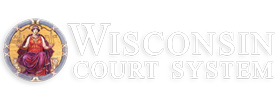Articles on Wisconsin legal history
How the income tax came to Wisconsin
Written by Joseph A. Ranney, Attorney at Law
Ph: (608) 283-5612
For more than half a century after statehood, Wisconsinites relied almost entirely on property taxes to finance their government. There was no income tax anywhere in the United States at the time. The property tax worked well at first because Wisconsin was an agricultural state and property was a good measure of people's wealth and ability to pay taxes.
But as Wisconsin became increasingly industrial, fewer people earned their income from the land and there was a growing feeling that the property tax was becoming unfair. Americans elsewhere felt the same way, and calls for an income tax spread. But in 1894, the U.S. Supreme Court dealt a blow to the new movement when it declared the federal income tax unconstitutional.
Despite this setback, Wisconsin went ahead with plans for an income tax. In 1903, Nils Haugen of the state tax commission recommended a state income tax as part of a broader reform of the state's financing system. There was general agreement that in light of the U.S. Supreme Court's decision, the state Constitution should be amended in order to make sure there would be no legal problems with an income tax. Procedural mistakes in the Legislature caused a two-year delay in passing the amendment, but in 1908 the voters approved it and the Legislature began the work of creating the new tax system. The Legislature turned to Charles McCarthy of the Legislative Reference Library and Professor Delos Kinsman of Whitewater, a recognized tax expert, for help.
Everyone recognized the new law would make major changes in the way Wisconsinites paid taxes. Many legislators wanted the law to help their supporters and penalize their opponents. Progressives wanted the law to increase manufacturers' share of the tax burden because they felt business had not paid enough taxes in the past. Labor and farm interests supported this goal. Business, of course, fought back.
Ultimately, the law was designed with something for everyone. The Legislature set high tax rates for manufacturers and provided generous tax exemptions for low-income workers. But it also exempted manufacturers from paying tax on interest income and it allowed them to offset property taxes they paid against their income tax obligations.
Kinsman pushed hard to make sure the law would contain effective enforcement provisions. He urged the Legislature to impose penalties on taxpayers who avoided their fair share of property tax by failing to disclose all their property. He made sure that tax collections would be handled by state officials in Madison and not left up to local officials, because local collection laws had led to discrimination and corruption in the past. But the law also gave local governments a consolation prize: it provided for "revenue sharing," decreeing that that 90% of all taxes collected would go back to local government. This was the first revenue sharing law in the nation.
The Legislature passed the law in 1911. A test case was quickly brought before the Supreme Court to make sure the law was constitutional, and in 1912 the court said it was. For a time, many reformers hoped the income tax would completely replace the property tax, but the property tax proved more durable than expected. It was popular with local governments, and as the Progressives' social programs became more and more expensive they realized they could not afford to eliminate the property tax. Wisconsin's multiple tax system has survived and grown ever since.
Note: The views expressed in this article are the author's alone. Distributed as a public service by the Wisconsin Supreme Court in honor of the state's sesquicentennial.

